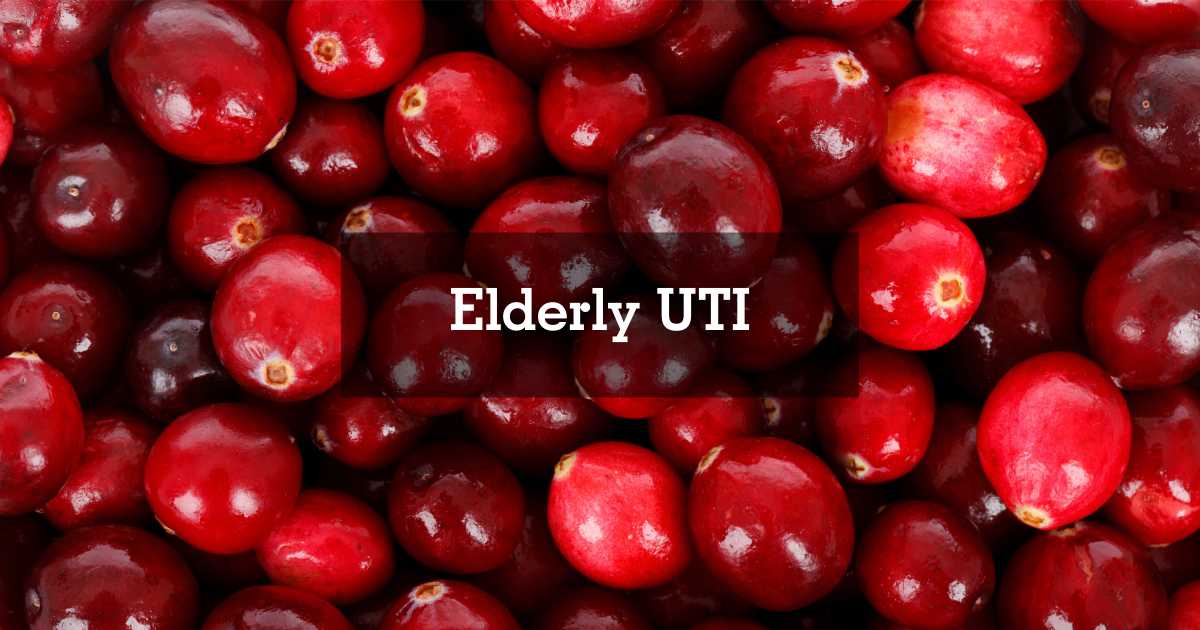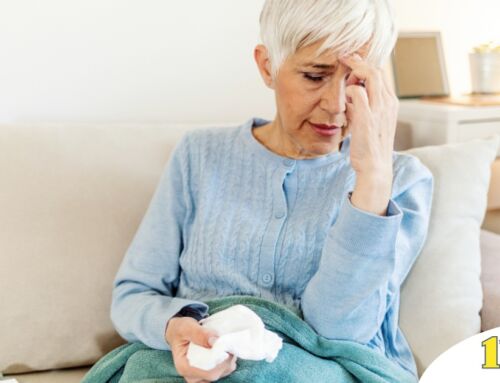Urinary tract infections (UTIs) are more common in elders than in younger people, and symptoms vary for older people. This article reviews structure of the urinary tract; its changes as we age; risk factors and signs of a UTI; and prevention strategies, including the benefits of professional caregivers.
The Urinary Tract: Its structure and age-related changes
The urinary tract is made up of a two kidneys, each attaching to the urinary bladder via a ureter. The bladder empties urine via the urethra. The urinary tract’s function is to filter waste products from the blood, excreting them from the body in urine. Urinary tract changes that occur with age contribute to increased UTIs rates, making it vital to understand the role in body changes. Weakening of muscles in the pelvic floor can cause the bladder to prolapse or move out of place, especially in women. A man’s enlarged prostate affects the urinary tract.
Risk Factors for UTIs
The reasons an older person is at increased risk of becoming ill with a UTI include:
- An enlarged prostate or prolapsed bladder interferes with the bladder emptying fully, causing increased chance for infection.
- A woman’s likelihood of having a UTI is greater than a man’s because the female urethra is shorter than a male’s.
- Mobility limitations that result in weakening of muscles that support the bladder.
- A weakened immune system due to age or illness.
- Loss of bladder or bowel control, exposing the urinary tract to bacteria.
- Incontinence briefs that should be changed more often.
- A diagnosis of dementia, Alzheimer’s disease, or Parkinson’s disease.
- A history of UTIs.
- Exposure to bacteria while in the hospital or in long-term care.
- Use of a urinary catheter.
Signs of UTIs in Older People
Signs of UTIs in elders have similarities to those in younger people, including urgency, a burning sensation, blood-tinged urine, or cloudy urine. Differences that occur in elders and may not seem related to urinary elimination are:
- confusion or decline in mental status
- increased falls
- lower abdominal pain
- chills or fever
- constipation
- back ache
Tips for preventing UTIs
If your loved one has a history of UTIs or frequent antibiotic use, there is an increase in risk. These tips can balance out risks:
- A healthy fluid intake that limits caffeine and alcohol.
- Avoiding soda and too much vitamin C.
- Taking the time to frequently and fully empty the bladder.
- Consistent incontinence pad changes.
- Moving around throughout the day.
- Prevention.com has dietary tips that promote an antioxidant that interferes with bacterial growth. Good sources are blueberries, their juice, unsweetened cranberry juice, black tea, and dark chocolate!
Professional Caregiver Skills that Help with UTI prevention.
Professional home care services offer you assurance that your loved one is cared for by professional caregivers with elder care experience and education. They focus on elders’ needs, including illness prevention. Your family’s caregiver supports urinary tract health by:
- Encouraging a person to move around to maintain strength and muscle tone.
- Making sure that your loved one is drinking fluids throughout the day.
- Assisting with toileting, including personal hygiene and frequent change of briefs if those are used.
- Observing for UTI signs and sharing information according to agency guidelines.
- Encouraging healthy nutrition that promotes immune system health.
UTI frequency among elders does increase although it is not inevitable. When you know your loved ones risks, you are best prepared for taking steps toward prevention, such as learning about the services of skilled home care professionals.
Resources
- Healthline.com https://www.healthline.com/health/uti-in-elderly#7
- Prevention.com https://www.prevention.com/health/foods-fight-uti
- Rowe, T. A., & Juthani-Mehta, M. (2014). Diagnosis and management of urinary tract infection in older adults. Infectious Disease Clinics of North America, 28(1), 75-89. Retrieved from
- https://www.ncbi.nlm.nih.gov/pmc/articles/PMC4079031/






